PHC Matters
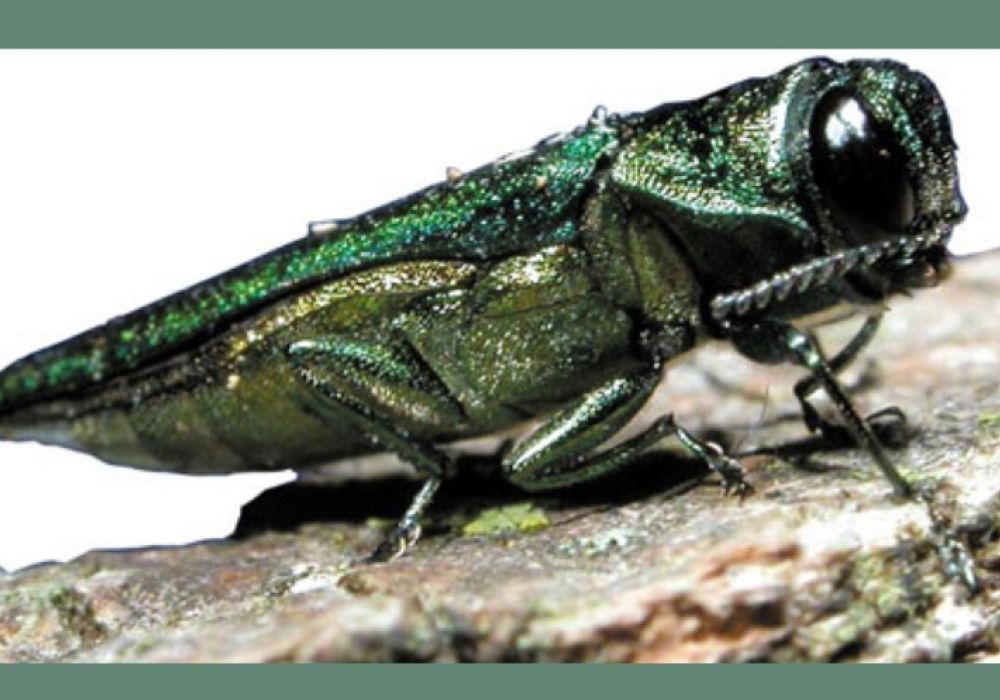
Emerald Ash Borer: A Threat to Pennsylvania’s Ash Trees
POSTED ON: BY: Burkholder PHC
In this third installment of our series on invasive species of insects, we will discuss the emerald ash borer (EAB). This invasive woodboring beetle has wreaked havoc on ash tree populations in Pennsylvania and other states in the United States and other regions in North America. As a homeowner, you should understand the impact of this invasive pest. Below, we discus…
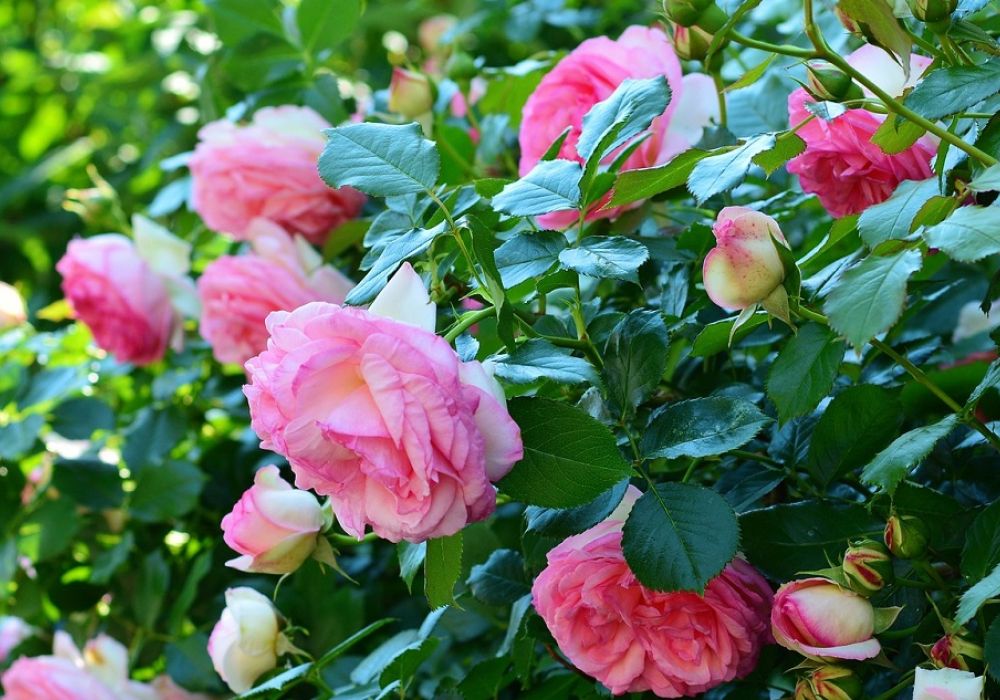
Plant Health Care Issues for Roses
POSTED ON: BY: Burkholder PHC
Roses are a popular plant choice for homeowners, representing beauty and elegance, gracing gardens and landscapes with vibrant colors and rich fragrances. However, these delicate flowers are also susceptible to various types of disease and pests that can compromise their health and appearance. We have treated rose plants at multiple residences this season, and below …
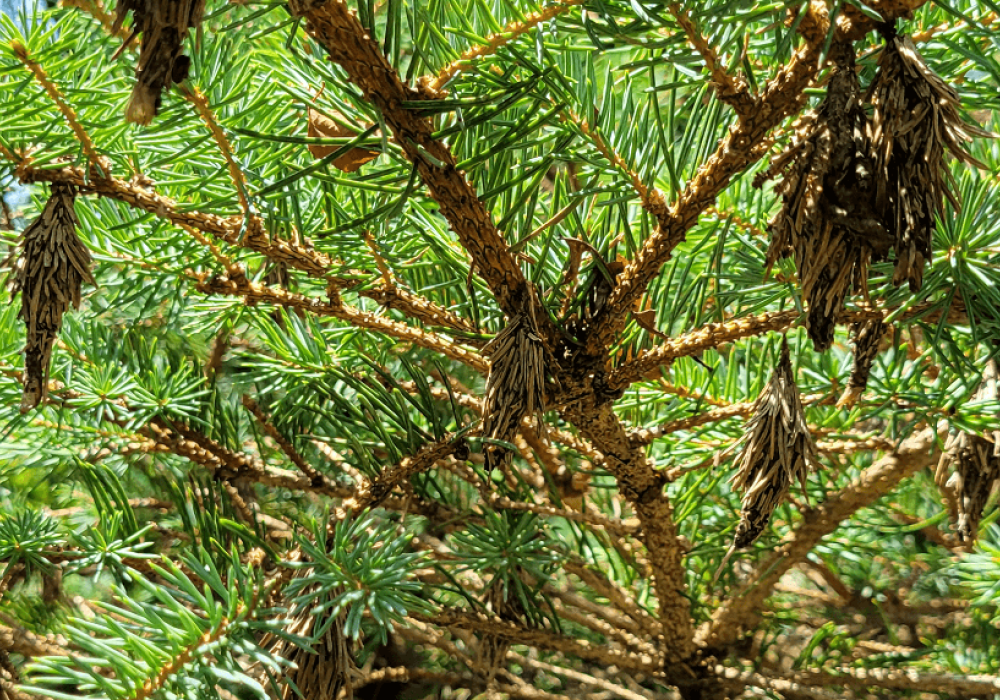
What are Bagworms?
POSTED ON: BY: Burkholder PHC
Bagworms are a common pest in the United States. The bagworm (Thyridopteryx ephemeraeformis) is small, about 1/4 inch long, and very active. Bagworms are the larvae of Psychid moths, a type of moth considered a pest. Bagworms are no threat to humans but can damage plant life and wood structures (such as decks) if left untreated for too long.
Read About Our Pest…
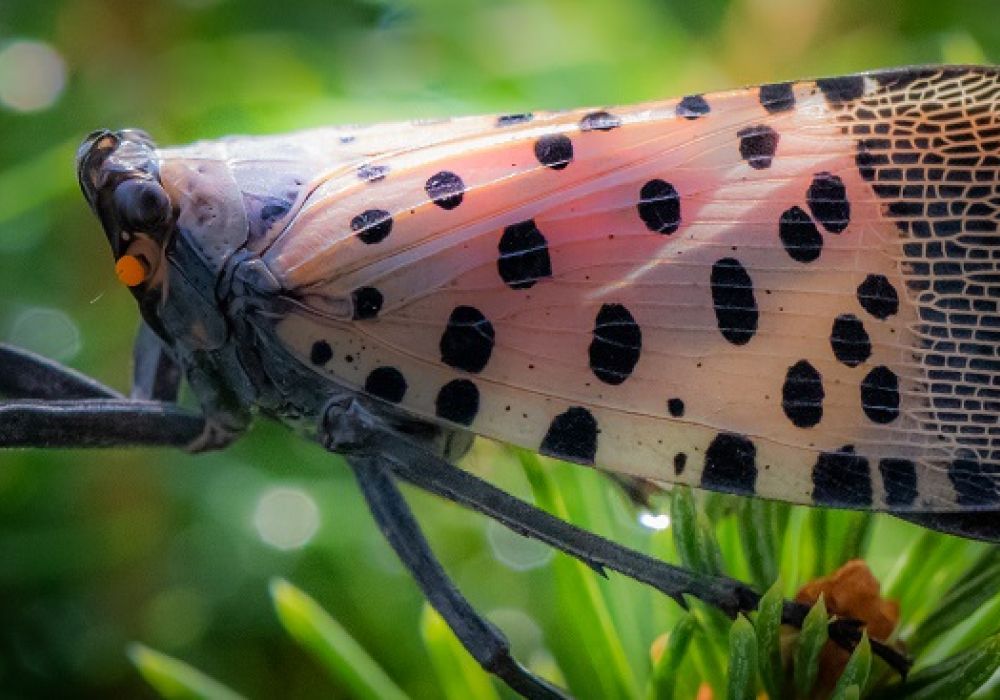
What You Need To Know About the Spotted Lanternfly
POSTED ON: BY: Burkholder PHC
What is the spotted lanternfly? If you live in Pennsylvania, you have probably already seen this insect. The spotted lanternfly (lycorma delicatula or SLF) is an invasive species native to China and Southeast Asia.
The pest was discovered in Pennsylvania in 2014, specifically Berks County, and has spread throughout Pennsylvania and neighboring states: north to Massac…
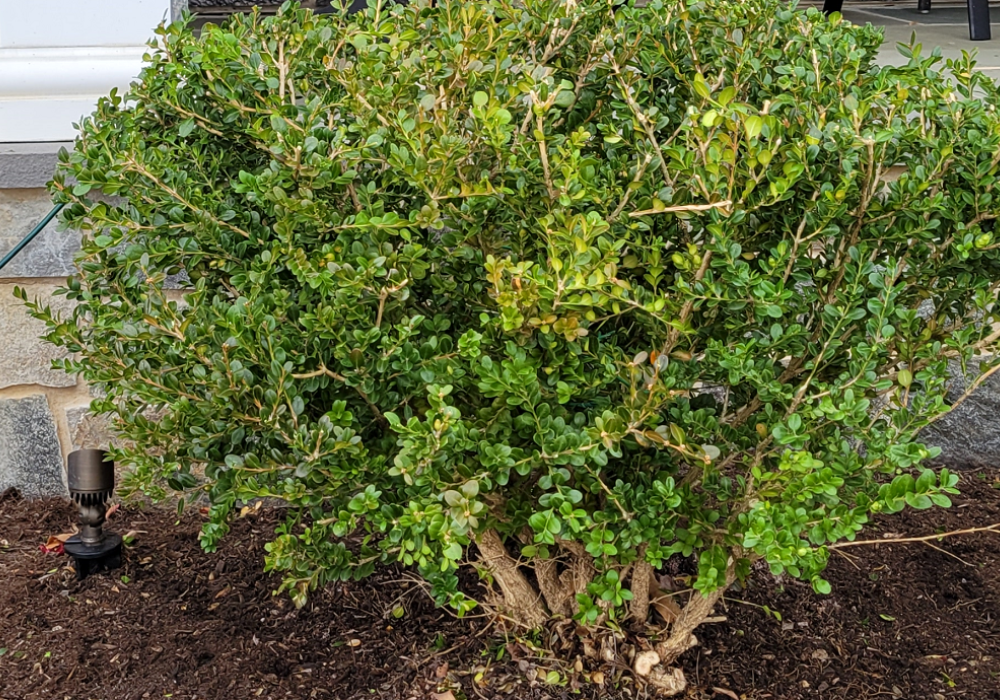
What Is Boxwood Leafminer?
POSTED ON: BY: Burkholder PHC
Boxwood leafminer is a common pest that affects boxwood shrubs. These pests appear as tiny flies on the undersides of boxwood leaves and cause significant damage to boxwood shrubs by feeding on the leaf tissue. The species was first reported as a pest in the United States in 1910 and is now found across the United States wherever boxwood grows.
Learn About Seas…
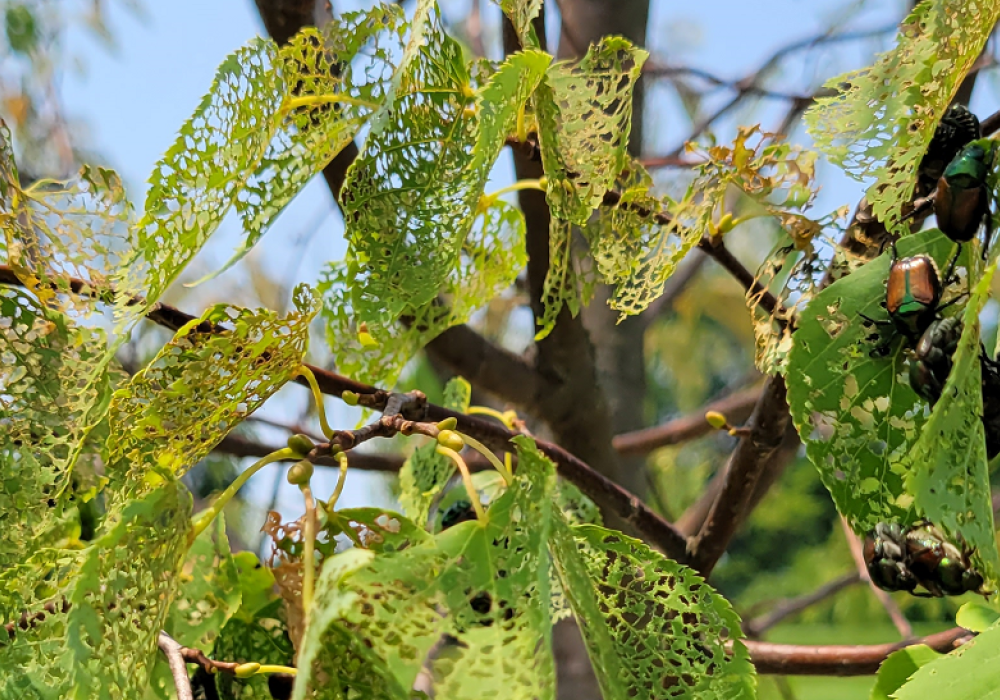
Invasive Insects: Introduction
POSTED ON: BY: Burkholder PHC
Invasive insects can be a threat to your lawn and home. In addition to disrupting or harming residential landscapes, many invasive pests negatively impact local environments if these insects spread and reproduce. Therefore, pest management is crucial to protecting landscapes and preventing these species from damaging lawns as much as possible. This article will highl…
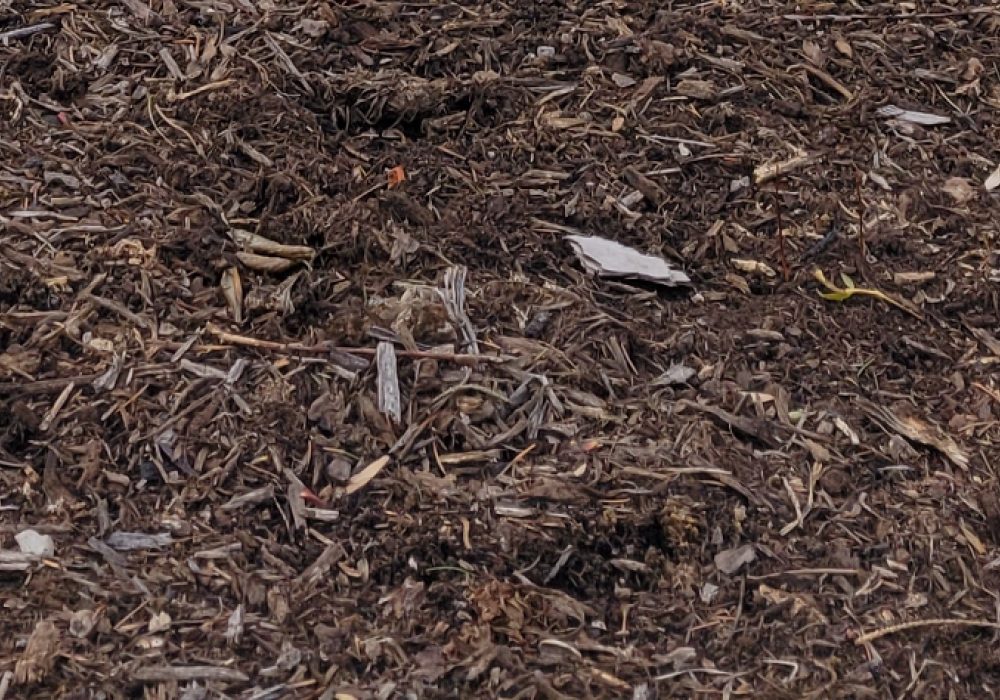
What Are Soil Amendments?
POSTED ON: BY: Burkholder PHC
Soil amendments are products added to the soil to improve soil’s physical, chemical, or biological properties. Some of these properties that amendments are used for include increasing soil fertility or water-holding capacity and decreasing compaction or erosion. Soil amendment differs from fertilizer by modifying the condition of the soil itself, whereas fertilizer a…
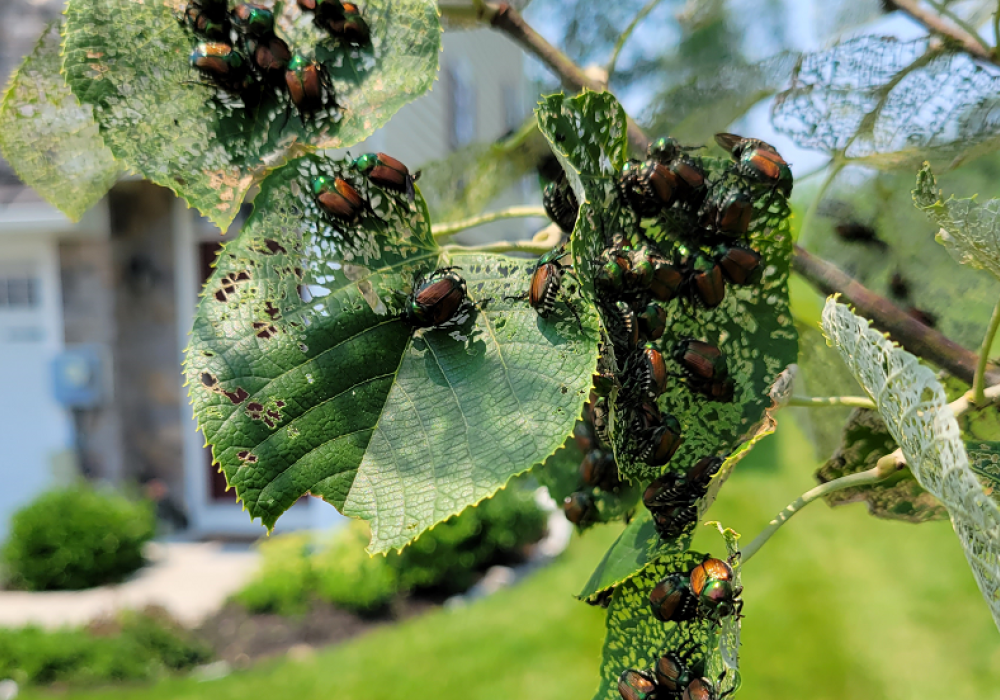
What Are Invasive Species?
POSTED ON: BY: Burkholder PHC
Invasive species are plants or animals from another region that have been placed in a new environment. Often these species are introduced to an area by humans and can spread quickly and cause damage to native ecosystems and people. While not all invasive species are necessarily dangerous or lethal, some of these plants and animals can disrupt the balance in their new…
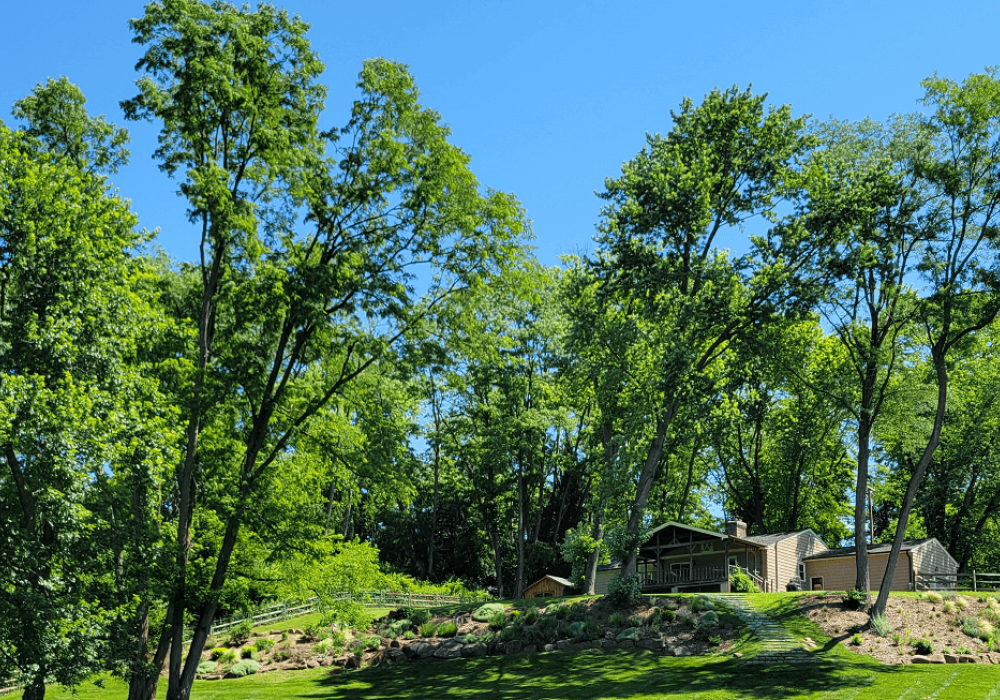
Plant Health Care Outlook
POSTED ON: BY: Burkholder PHC
The trend of the past 10 years in residential landscapes has been increasing pressure from insect pests, diseases, and vertebrates. We fully expect that this will continue in 2023 and that the plant health care outlook for the next year will include the following conditions.
Increase of insect pest number and variety that will affect more ornamental plants
A wet spr…

